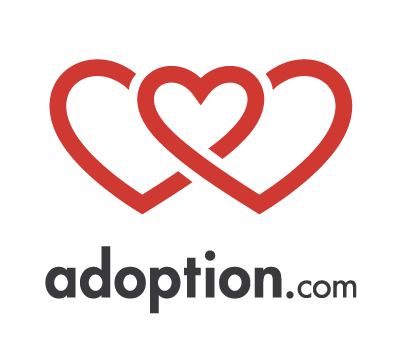How Does Open Adoption Affect Members of the Adoption Triad?
The concept of open adoption is relatively new, and new ideas come with a lot of uncertainty. There haven’t been many long-term studies on this type of adoption, and we can’t know for sure exactly how open adoptions affect everyone involved in the adoption triad. No two people are the same, just as no two adoption situations are the same. However, there are some things we do know. I have interviewed many people about their role in the adoption triad, as well as having an open adoption myself. Open adoptions affect each part of the adoption triad differently. Here’s what I’ve seen so far.
1. Adoptees
Open adoptions are, first and foremost, for the benefit of the adoptee. The idea is that contact with birth parents lessens or eliminates some of the issues that adoptees from closed adoptions often face. You’re less likely to have questions about your adoption story if you have a birth parent you can ask directly. Open adoption means better access to medical history. One major problem that many adoptees face is feelings of abandonment. Open adoption potentially makes this a lot easier—if you are constantly told by your birth parents that you are loved and that they placed in your best interest, it’s not as likely that you’ll feel like they just didn’t want you.
Open adoptions don’t always fix all the problems that can occur. Sometimes, if a birth parent is leading an unsafe lifestyle, it can be hard for a child to know about it. Some adoptees simply don’t want a relationship with their birth parents. It is not unheard of for there to be some confusion when the child is young about who is the ‘real’ parent.
2. Birth Parents
Contrary to popular belief, the VAST majority of birth mothers love their children deeply and place them for adoption to give them the best life possible, not because they don’t want them. Placing a child for adoption is a heartbreaking loss. The separation of a mother from her child is incredibly painful. Open adoption helps with this. Being able to have a relationship with your child, even if it’s not the role of a parent, is incredibly healing. Most birth mothers who place into closed adoptions have no idea where their birth child is, how they’re doing, or if they’re even alive. It is incredibly comforting for a birth mom (or dad) to know that their child is all right.
However, saying goodbye over and over after each visit can be hard. Some birth parents have a hard time remaining close with the child that they placed because they get stuck in their grief and are unable to move on from the trauma of placement.
3. Adoptive Parents
Open adoption is better for the child, which means it’s better for the parents. If you have an open adoption and your child has a question about his or her adoption story, you don’t have to be put in a position where you don’t know what to say. You can just ask the birth parents. In a healthy open adoption, birth and adoptive parents can work together to help the child understand and navigate her story. I know so many adoptive parents that have become great friends with their kid’s birth families. It can be such a rewarding experience to keep in touch with the people who trusted you enough to place their child with you.
The logistics of an open adoption can get a little complicated. Scheduling visits and making sure you have healthy boundaries can get frustrating. Sometimes a birth parent isn’t in a place where he or she can be a good example for your child, so taking a step back may be necessary.
There are wonderful and difficult aspects to open adoption among all members of the adoption triad. They each experience it very differently and have their own set of pros and cons. However, if all parties love and respect one another, open adoptions are so, so worth any of the difficulties that might come with it.
Are you considering placing a child for adoption? Not sure what to do next? First, know that you are not alone. Visit Adoption.org or call 1-800-ADOPT-98 to speak to one of our Options Counselors to get compassionate, nonjudgmental support. We are here to assist you in any way we can.







